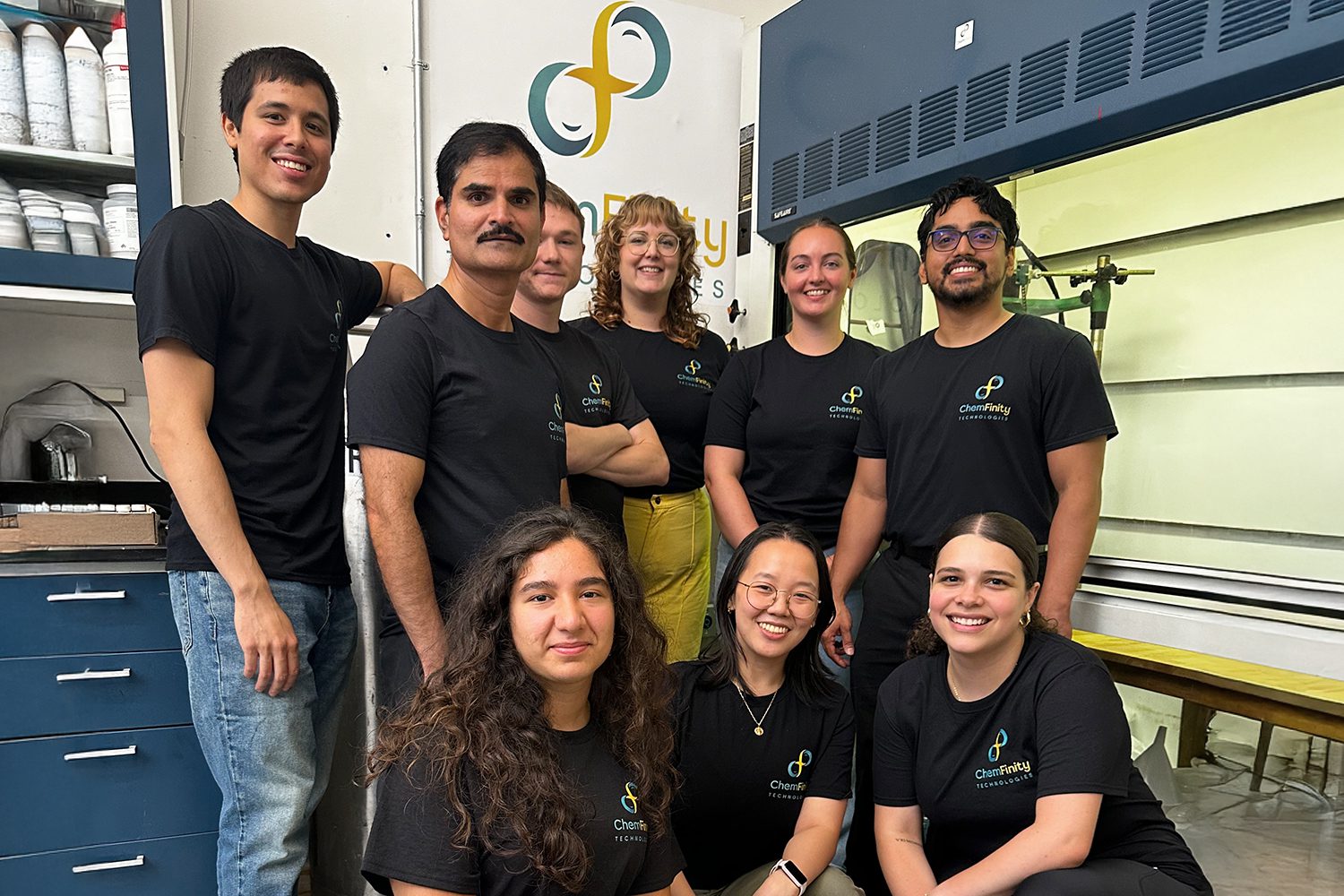Thirty years ago, Americans were just starting to look at solar electricity seriously as a viable option for their homes and businesses. Fast forward to today and we’re generating over 300 times more solar electricity in the U.S. in part because the government invested wisely in this emerging technology, which helped the price of solar panels become affordable. To address the climate crisis and ensure America leads the transition to a cleaner world, we need to replicate this successful model, but we need to do it faster and across a dozen technologies.
And the climate innovation clock is ticking. A recent study from the International Energy Agency revealed that over 50% of the technologies we need to fully decarbonize the economy by 2050 are not commercially available. Given the decades it takes for new technologies to get to scale, we must invest in them now to have any hope of avoiding a climate disaster.
Congress has a once-in-a-generation opportunity to do exactly that. The investments for clean hydrogen, clean manufacturing, and carbon capture technologies included in the bipartisan Infrastructure Investment and Jobs Act are essential to innovate, demonstrate, and begin to scale key clean energy technologies to achieve our 2050 climate goals. The bipartisan bill also includes policy changes to supercharge our ability to quickly build out transmission and energy storage, two crucial elements to unlock America’s full renewable energy potential.
But those investments alone are not enough to solve the climate crisis. The market currently favors high-carbon technologies and emerging clean solutions cannot succeed unless Congress levels the playing field. The clean energy tax incentives under consideration in the reconciliation process are also essential – they will drive down the cost of key emerging technologies like clean jet fuels, clean manufacturing, clean hydrogen, direct air capture, and long duration storage solutions. These tax credits are essential to meet the goal to cut emissions in half by 2030, on the way to net-zero emissions by 2050. The total climate impact of the reconciliation bill would be massive. Recent models show a current version of the legislation has the potential to cut emissions by nearly a gigaton, or roughly equivalent to zeroing out annual emissions from Texas and Florida combined.
The climate measures proposed in the bipartisan infrastructure package and in the reconciliation deal must go hand in hand. Together they represent our best shot at avoiding a climate disaster. Members of Congress and President Biden must act on both bills to deliver on the promise of a better, cleaner tomorrow.







